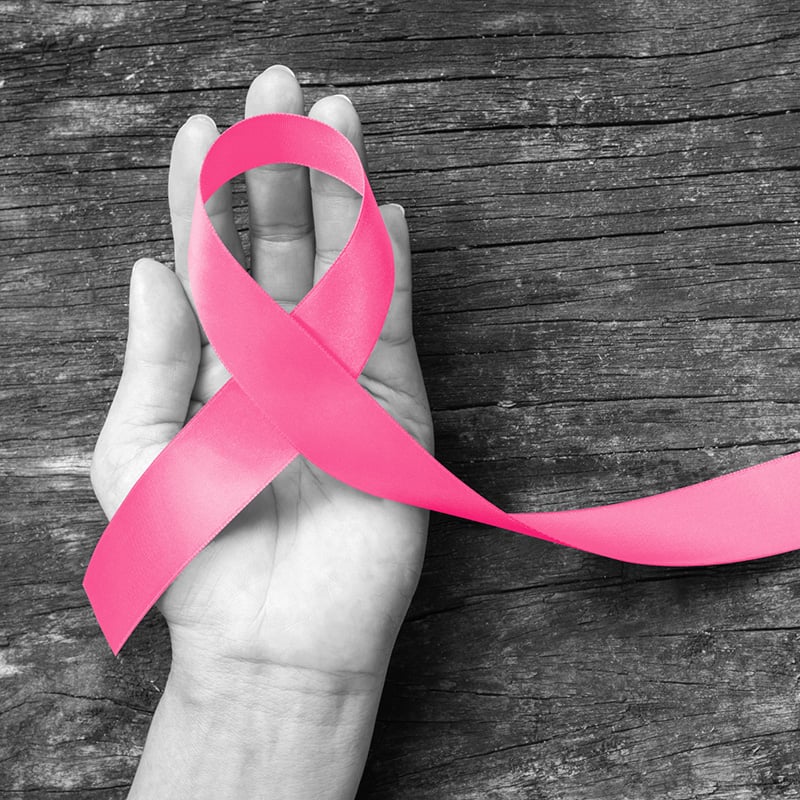Uterine fibroids are the most common growths found in the female reproductive system. While the growths are benign, they can cause painful symptoms that disrupt women’s lives to the point where they seek out medical relief.
To explain what fibroids are, how they are diagnosed, and how they can be treated, we asked, Mohamad Mahmoud, MD, Director of the Center of Excellence in Minimally Invasive Gynecology, and Raj Pyne, MD, FSIR, Program Director for Interventional Radiology Residencies, for their expertise.
What are uterine fibroids?
Uterine fibroids, also called leiomyoma, are non-cancerous growths that grow from the muscle tissue of the uterus. Fibroids range in their size, shape, and location – which may be inside, outside, or within the walls of the uterus.
The exact cause of fibroids is unknown. Researchers believe fibroids are influenced by genetic factors, as well as levels of estrogen and progesterone. During pregnancy, fibroids can grow more quickly when hormone levels are elevated.
Women are most likely to have fibroids between the ages of 30 and 40, but fibroids can grow at any age. Approximately 20 percent to 80 percent of women develop fibroids by the time they reach age 50, according to the Office on Women’s Health.
Black and Hispanic women, as well as women with higher BMIs, are at an increased risk for developing fibroids, as well.
Having fibroids does not increase a woman’s chances of having uterine cancer.
Symptoms
There are several symptoms that suggest a woman may have fibroids. These include:
- Menstrual changes
- Increased period pain or cramping
- Heavier bleeding (sometimes causing anemia)
- Bleeding between periods
- Dull pain in the abdomen or lower back
- Feeling full in the pelvic area
- Pain during intercourse
- Frequent urination
- Enlarging of the uterus/abdomen
- Miscarriage or infertility
- Symptoms related to pressure effect on any surrounding organs
“While some women do have obvious symptoms and have a conversation with their OBGYN provider about them, some women with uterine fibroids experience no obvious symptoms,” Dr. Mahmoud said. “Having regularly scheduled pelvic health exams with an OBGYN provider can help both women who do have symptoms and women who do not have any symptoms discover fibroids and treat them appropriately when needed.”
Diagnosis & treatment
If fibroids are suspected, a provider will schedule testing to confirm their presence and location. Providers have several tests available for patients, including:
- Ultrasound
- MRI
- CT scan
- Hysterosalpingogram (injecting dye into the uterus, then taking an X-ray)
- Sonohysterogram (injecting fluid into the uterus, then taking an ultrasound)
- Hysteroscopy (using a long, thin scope with a light & camera on the end to look inside the uterus)
Once fibroid or fibroids are discovered, there is a wide range of treatments available through medication and surgery. Medication treatments include non-hormonal treatments (tranexamic acid), or different forms of hormones such as birth control pills or an IUD (intrauterine device) to help control heavy bleeding related to the fibroids. Another option is GnRH agonists or GnRH antagonists (gonadotropin releasing hormone), which cause fibroids to shrink. The use of GnRHs is usually limited due to the risk of bone thinning when used for more than 6 months.
Surgery is usually recommended when the fibroids are larger in size and more difficult to treat with medication, when they affect the fertility potential of a patient, or when medical treatment has failed. A number of different procedures can be used to remove fibroids or treat fibroid-related symptoms.
Myomectomy
This procedure removes the fibroids from the uterus while leaving healthy tissue intact. Depending on the number, size, and location of fibroids, this will be done with minimally invasive surgery (laparoscopy or hysteroscopy) or major surgery (cutting open the abdomen).
Generally, women who undergo this surgery want to leave their uterus in place.
Hysterectomy
Surgeons will remove the uterus from a woman’s body during this procedure. As with a myomectomy, how this surgery is performed depends on the number, size, and location of fibroids. After this surgery is completed, fibroids cannot grow again.
A woman is no longer able to have children after having a hysterectomy. Recovery from this procedure takes several weeks when done as an open technique. Minimally invasive techniques such as laparoscopy, robot-assisted surgery, or hysteroscopy allow for quicker recovery times.
Endometrial ablation
This procedure is meant to treat heavy menstrual bleeding. During this procedure, the lining of the uterus is removed or destroyed. A surgeon will use one of several methods to perform an endometrial ablation, such as a laser, wire loops, boiling water, electric current, microwaves, or freezing.
Once the procedure is complete, the patient will either have less bleeding or will no longer have uterine bleeding.
A woman should not become pregnant after this procedure. For that reason, it is usually performed in the same setting as a sterilization procedure if the patient has not already had one done.
Uterine Fibroid Embolization (UFE)
UFE is a minimally-invasive, nonsurgical procedure performed by an interventional radiologist (IR) to treat fibroids. Fibroids are shrunk by cutting off their blood supply. Using a catheter, tiny particles are injected directly into the arteries that supply your fibroids.
“It is critical for patients to have detailed, in-depth conversations with their providers about the various treatment options to ensure they have the best possible outcome,” Dr. Pyne said. “UFE is a wonderful treatment option for women who want a minimally invasive approach and who desire to keep their uterus. It typically takes less than 2 hours as an outpatient procedure and is performed through a tiny nick in the skin. Most importantly, it is extremely effective and has a relatively quick recovery.”
Providers within Rochester Regional Health will work closely with each patient to develop an individualized treatment plan that focuses on their specific needs and helps them live a better life. Rochester Regional Health Pelvic Health Center will work diligently with you to identify the right treatment to help you heal. Each option will be carefully discussed with you so that you can choose the one(s) that make you the most comfortable.







